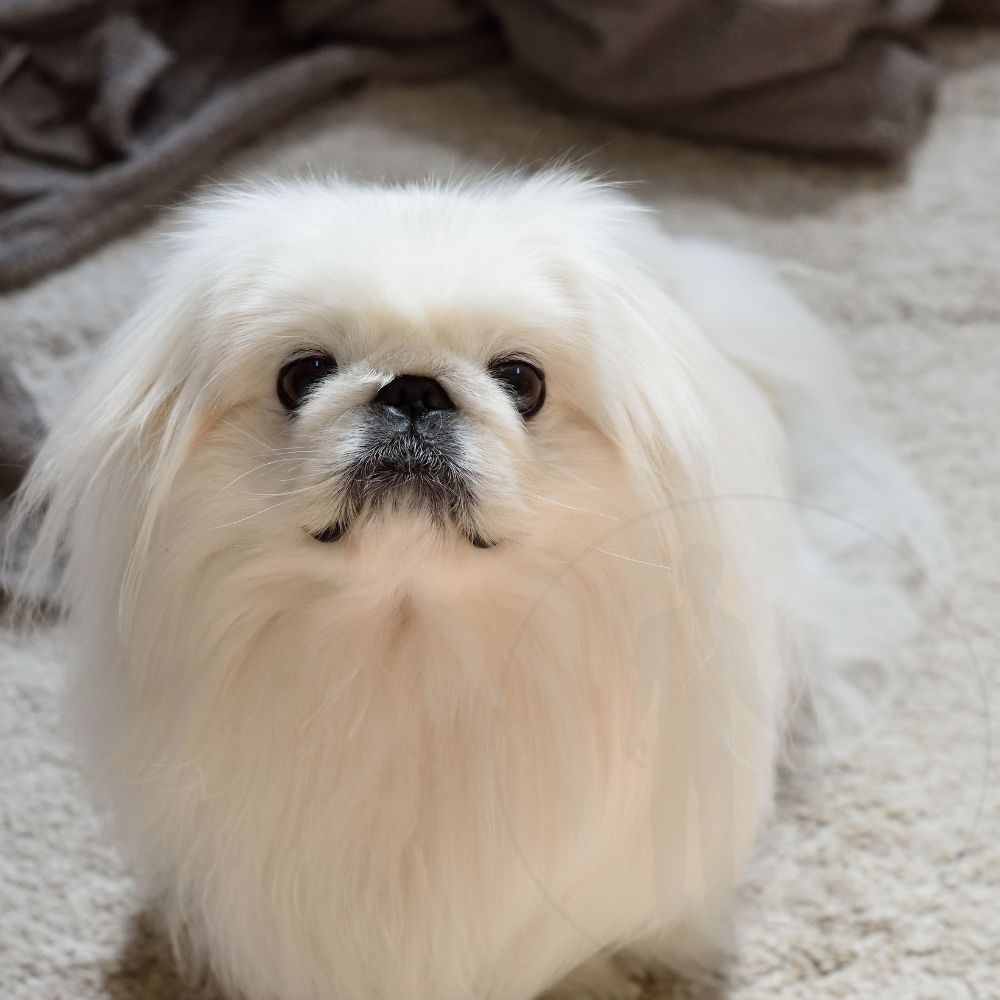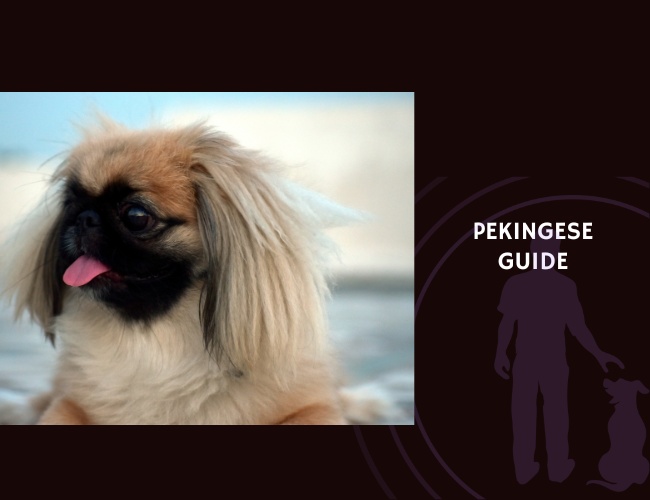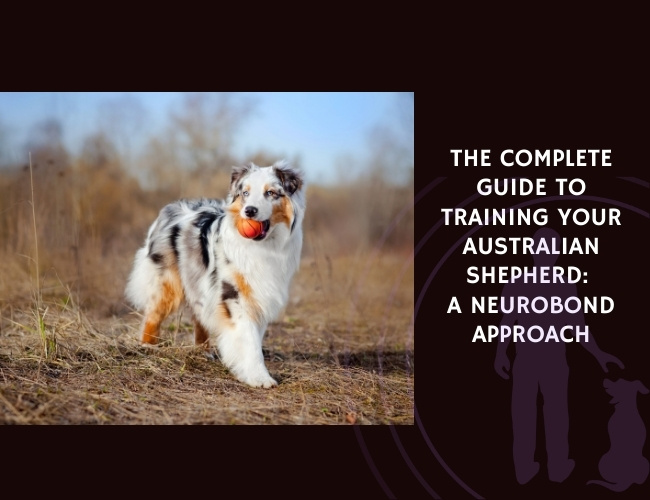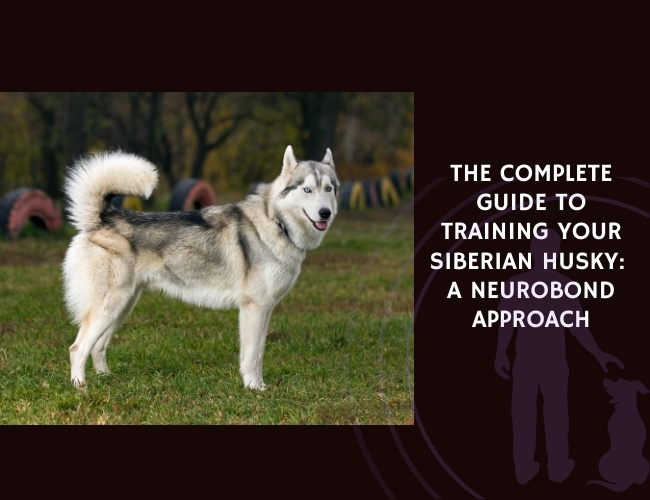Quick Facts about the Pekingese
- Origin: China
- Weight: 3.2–6.4 kg
- Life expectancy: 12–14 years
- Coat Colour: All colours are acceptable; commonly fawn, red, cream, black, sable
- Breed Group: Toy / Companion
The Pekingese is a small, regal toy breed with a lion-like mane, bold character, and ancient imperial roots. Known for its dignity and loyalty, this compact companion is both charming and courageous.
Pekingese History
The Pekingese hails from ancient China and was a sacred companion of Chinese royalty, especially during the Tang and Qing dynasties. Bred to resemble the mythical Chinese lion, it was exclusively kept by the imperial family for centuries.
Commoners were forbidden to own or steal one—punishable by death. After the fall of the Qing dynasty, the breed was introduced to the West and recognised by the AKC in 1906. It retains much of its imperial presence and independent nature.

Pekingese Temperament
Dignified, confident, and deeply loyal, the Pekingese often forms strong bonds with one or two people. It is independent and can be aloof with strangers, but affectionate with those it trusts.
While not overly active, it is alert and brave—often unaware of its small size. Pekingese prefer calm households and thrive on routine, gentle handling, and mutual respect.
Note: They may be stubborn and need patient, positive reinforcement. Over-handling or babying can lead to reactivity or defensiveness.
Health and wellness
Pekingese need only light daily exercise—short walks and playtime are sufficient. Due to their flat face and heavy coat, they are sensitive to heat and humidity.
Their long, thick coat requires regular brushing and professional grooming to prevent mats. Cleaning facial folds and eye care are important for comfort and hygiene.
Significant problems:
Brachycephalic syndrome (respiratory issues)
Eye injuries and corneal ulcers
Intervertebral disc disease (IVDD)
Patellar luxation
Skin fold dermatitis
Life expectancy: 12–14 years

The Complete Guide to Pekingese
🔍 Looking to go deeper into dog training?
Use these categories to explore targeted guides and articles on canine behavior, nutrition, obedience, entertainment, and more.








